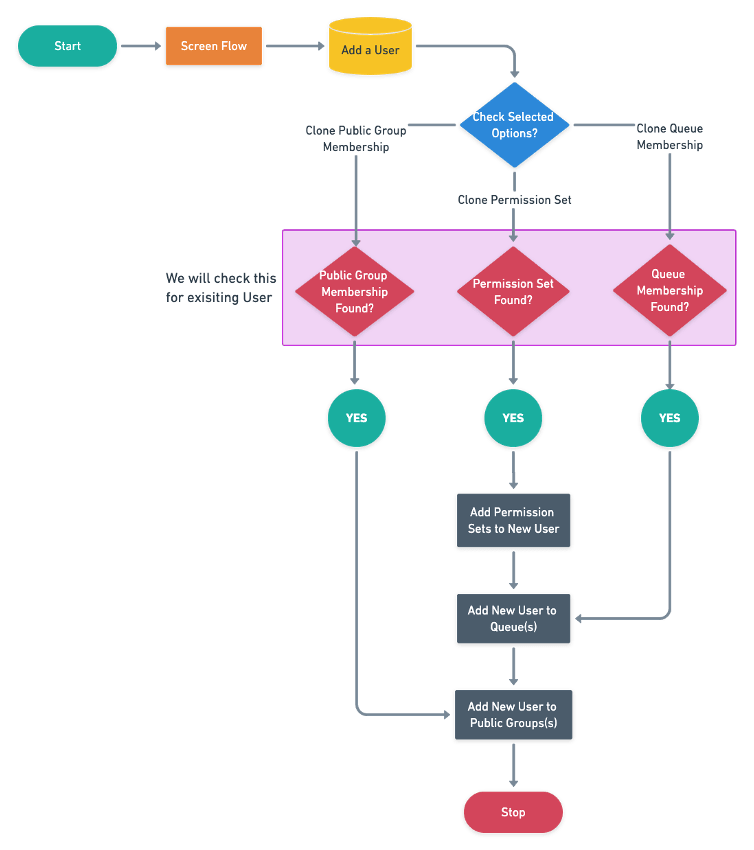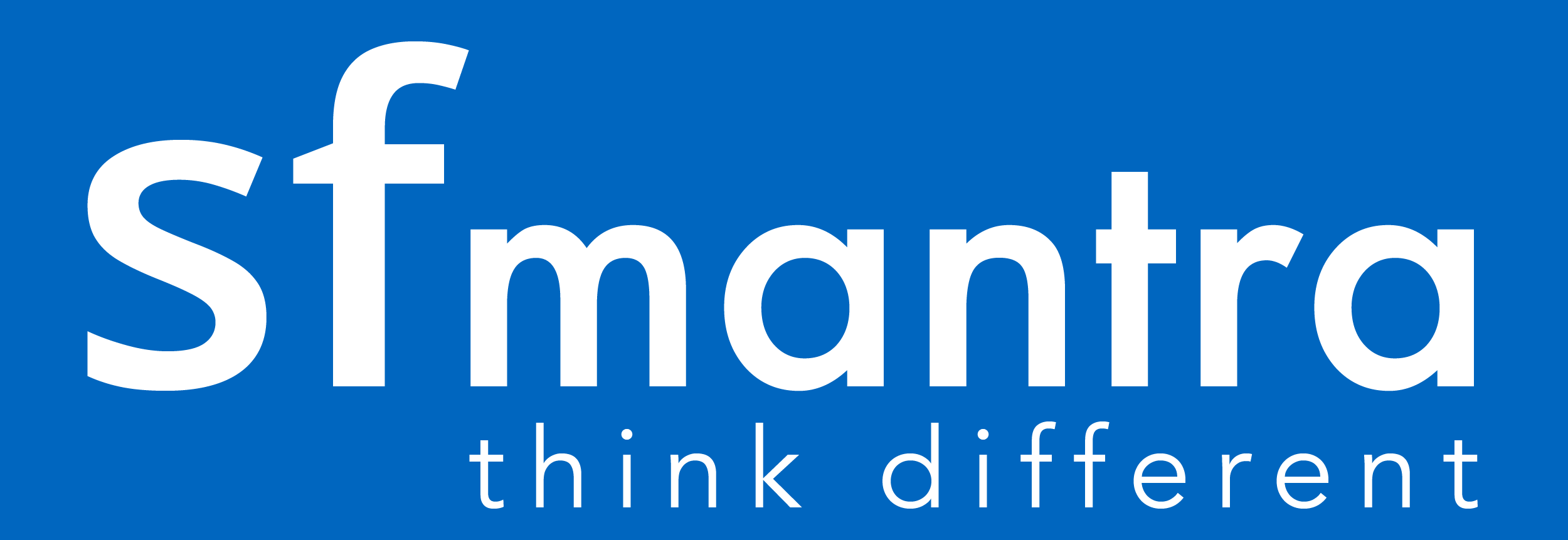Exploring Salesforce Screen Flow: A Powerful Tool for Automation
Salesforce Screen Flow is an intuitive feature that allows users to automate complex processes and create dynamic user experiences within the Salesforce platform. By guiding users through screens, Screen Flow streamlines data entry, enhances user engagement, and ensures consistency across business processes. In this blog, we’ll explore what Salesforce Screen Flow is and how it can be effectively utilized.
What is screen flow ?
ScreenFlow is a Flow in Salesforce that enables users to build visual, interactive processes. Unlike traditional Flows that run in the background, Screen Flows involve user interaction, presenting a series of screens that guide users through a specific business process. This can include data collection, decision-making, and even automated actions based on user input.
Key Uses of Screen Flow
Data Collection: Screen Flows can be used to gather information from users in a structured manner. For example, organizations can create onboarding forms for new employees or customer intake forms for service requests. By guiding users step-by-step, businesses can ensure accurate and complete data collection.
Guided Processes: Whether it’s a sales process, support ticket resolutions or customer feedback collection, Screen Flow allows users to navigate through complex workflows without getting lost. Each step can include instructions, validations, and branching paths based on user responses, making it easier to follow prescribed procedures.
Dynamic User Interfaces: Screen Flows can adapt to user inputs, displaying different fields or options based on previous selections. This dynamic interaction ensures users only see relevant information, improving their experience and reducing frustration.
Error Handling and Validation: Screen Flows can include validation rules to catch errors in real time, ensuring that users provide accurate information before proceeding. This reduces the likelihood of data issues and streamlines the overall process.
Integration with Other Salesforce Features: Screen Flows can seamlessly integrate with other Salesforce functionalities, such as creating or updating records, sending emails, or calling Apex code. This makes it a versatile tool that enhances the overall Salesforce ecosystem.

Key Elements of Salesforce Screen Flow
Screen Elements: Screens are the primary component of a Screen Flow. They display fields and prompts to users, guiding them through the process. You can customize screens with various input types, including text fields, picklists, checkboxes, and radio buttons.
Input Fields: These allow users to enter data. You can add single-line text fields, multi-line text areas, number inputs, and date pickers. Input fields can also be configured to be required or optional.
Display Text: This element lets you show static text or instructions on a screen. Use it to provide context, instructions, or feedback to users, helping them understand the process.
Choice Elements: Choice elements present users with options to select from, such as radio buttons or dropdown lists. These can direct the flow based on user selections, allowing for dynamic navigation.
Decision Elements: This element helps the Flow make logical decisions based on user input. You can create branching paths that guide users down different routes in the process, depending on their choices.
Action Elements: Action elements perform specific tasks, such as creating, updating, or deleting records. They can also call Apex classes or invoke other Flows, enhancing the functionality of your Screen Flow.
Loop Elements: Loop elements allow you to iterate through a collection of items, executing a set of actions for each item in the collection. This is useful for bulk processing or when working with lists.
Assignment Elements: These are used to set variable values within the Flow. You can store user inputs or calculate values dynamically based on previous steps in the Flow.
Record Elements: Record elements are essential for interacting with Salesforce records. You can use them to create, update, or delete records, ensuring that the Flow integrates seamlessly with your Salesforce data.
Variable Elements: Variables store data temporarily during the Flow execution. You can use them to hold user inputs, results of calculations, or record IDs, making your Flow more dynamic and responsive.
Pause Elements: These elements allow you to set delays in the Flow. They can be useful for timed processes or when waiting for external actions to complete before continuing.
Error Handling: Error handling elements help manage exceptions and provide feedback to users in case of issues. You can display error messages and redirect users to the appropriate part of the Flow.
Best Practices for Using Screen Flow
Plan Your Flow: Before building a Screen Flow, outline the process you want to automate. Identify key steps, user inputs, and desired outcomes.
Keep it Simple: Design screens that are easy to navigate. Avoid overwhelming users with too much information at once.
Test Thoroughly: Always test your Screen Flows in a sandbox environment to identify any issues and ensure a smooth user experience.
Gather Feedback: After implementation, solicit user feedback to refine and improve the Flow based on real-world usage.
Conclusion
Salesforce Screen Flow is a powerful tool for automating and simplifying complex processes. By leveraging its capabilities, organizations can enhance user engagement, improve data accuracy, and streamline operations. Whether for onboarding, customer service, or sales processes, Screen Flow provides an efficient way to guide users through their tasks, making it an invaluable asset in the Salesforce toolkit.
